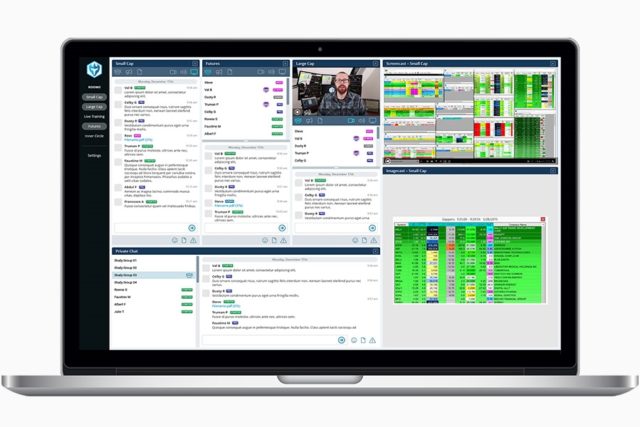
If you’ve been interested in trading and stocks then you need to know that most major exchanges have specific trading hours. These are set times each day in which trading occurs through companies like the NASDAQ stock market or the New York Stock Exchange.
So, what happens when those trading hours are over? Most stock exchanges close at around 4:00 pm ET – with the final trade of the day providing the closing price for that exchange. However, just because an exchange is closed doesn’t necessarily mean you can’t continue to buy and sell securities. Welcome to the world of after-hours trading.
How Does After Hours Trading Work?
After-hours trading is the period after the market closes, where investors have an opportunity to buy and sell securities outside of their standard trading hours. Usually, trades in the after-hours environment happen through a communication network called an ECN. This network links potential buyers and sellers to each other without the middle man of a traditional stock exchange. Once, after-hours trading was something that belonged exclusively to investors with a huge net worth, or institutional investors looking for mutual funds.
Although there’s nothing new about trading outside of regular stock exchange opening times, it’s only recently that after-hours trading has skyrocketed in popularity. The growth of the digital world and the emergence of electronic communication networks means that individual investors can discover the benefits of going after hours for themselves.
What are the Main Times for Trading?
You might be surprised to learn that there are three different times you can trade on any given day. Premarket trading is the environment where you can trade between 4 am and 9:30 am ET before the standard stock exchanges open. The regular market, as we mentioned above, runs between 9:30 am and 4 pm ET.
The After-hours market takes place between 4 pm and 8 pm. As long as you stick within the appropriate time slots, you’ll find that the pre and after-hours markets work in a very similar fashion to the standard market. For the most part, the ability to trade outside of the “regular market” times just means that people who would usually be unable to trade during regular times because of other commitments can still make money on the stock exchange.
Is There a Difference in Trading on the After-Hours Market?
There is a difference between trading on the after-hours and regular stock markets. Usually, the after-hours stock market will have more volatility, less liquidity, and a reduced volume of stocks to work with.
This can have a serious impact on the amount you pay or receive for your shares. If you’re planning on using the after-hours market to develop your wealth portfolio, then you’re going to need a strategy that takes the unique nature of this environment into account. Most professionals recommend using a limit order on any of the shares you sell or buy outside of regular trading hours.
While there are some benefits to traders and investors who want to get involved with the after-hours market, there are risks to think about too. Keep that in mind when you’re choosing when to start trading.












